
What a great experience it was to visit the Natuwa Wildlife Center in Costa Rica. The Viking Cruise Lines trip to the sanctuary was an optional excursion offered as part of the Viking Cruise Lines Panama Canal and the Pacific Coast Cruise.
After learning about Costa Rica from interesting lectures on the Viking Star as we traveled from Los Angeles toward Costa Rica, we were anxious to see some of this Central American country and the unique animals that inhabit it.
Costa Rica boasts of a population just over five million people and is one of the most stable countries in Latin America. It is known to be a pioneer of ecotourism and draws thousands of visitors to its extensive network of national parks and other protected areas. During one of the lectures, we learned that it was the first tropical country to halt and reverse deforestation. It has successfully restored its forestry and developed an ecosystem service to teach scientists about environmental protection.
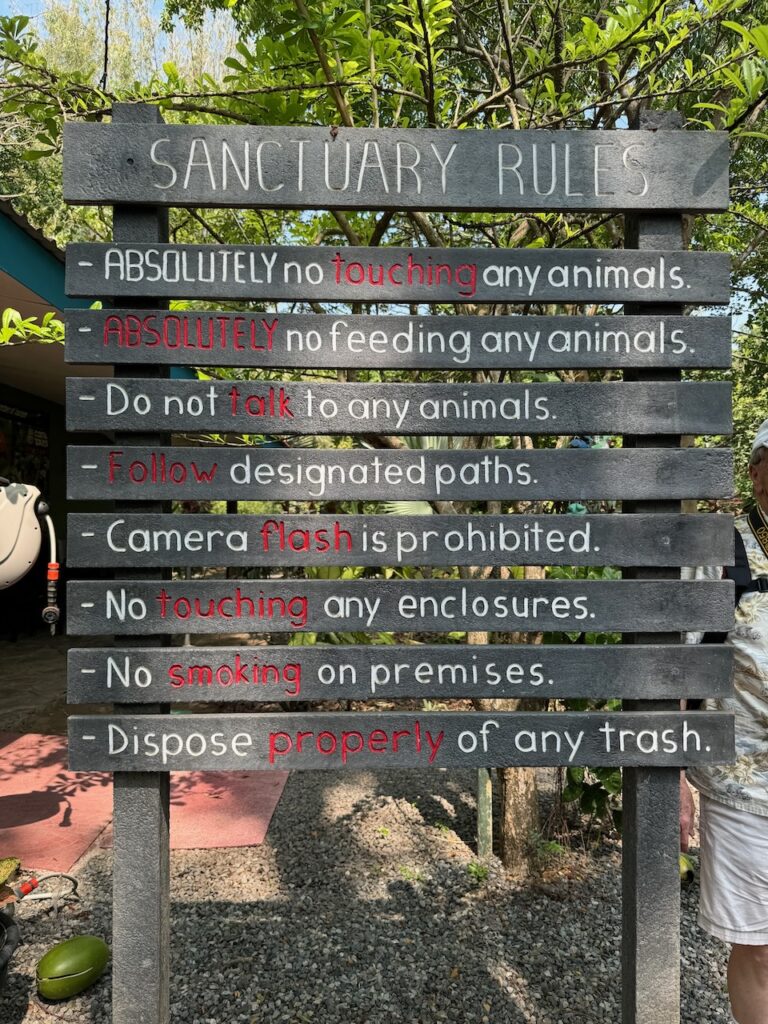
Natuwa Wildlife Center
An excursion to the Natuwa Wildlife Center was only natural given the country we visited. The sanctuary was about one and one half hours drive from the Viking Star’s dock in Puntarenas, Costa Rica. Natuwa Wildlife Sanctuary provides refuge and protection to wild animals that have been victimized by humans and their environment. The animals are cared for, studied, and, when possible, released back into the wild. Natuwa is home to more than 200 macaws requiring daily care.
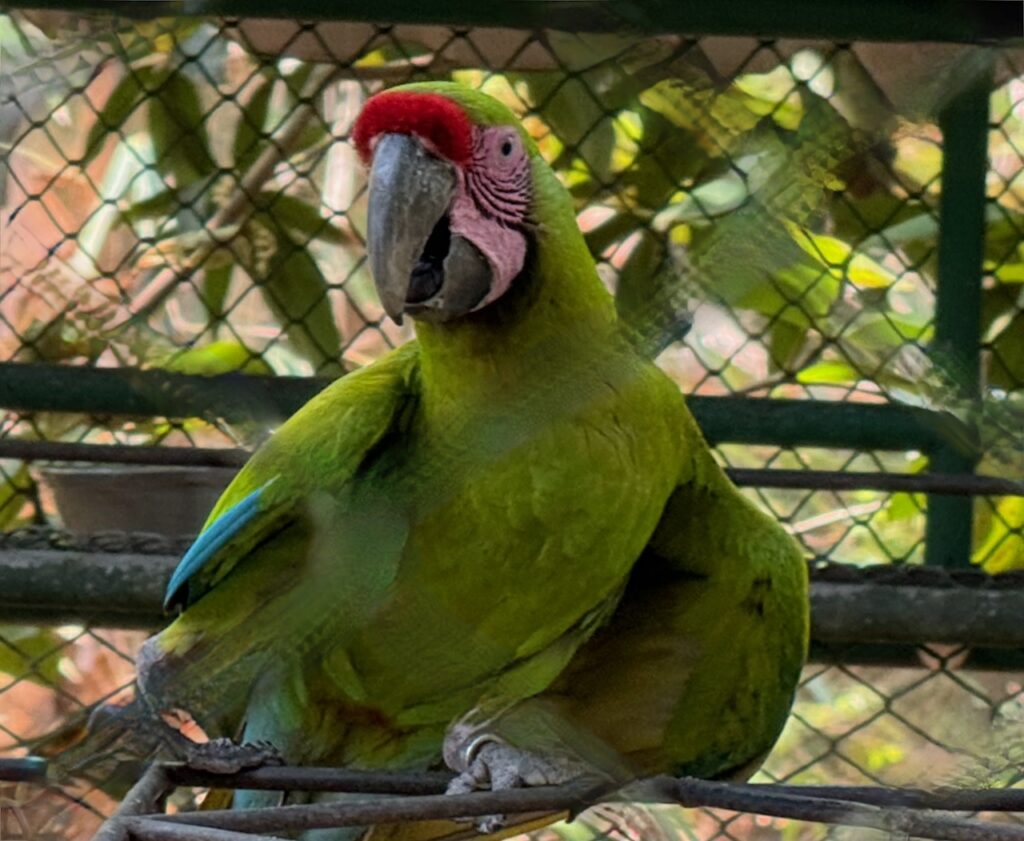
Our tour of the sanctuary began with a visit to the Great Green Macaw aviary. We learned that this magnificent critically endangered parrot has a life span of 12 to 70 years. The birds are monogamous and generally mate for life. It is now illegal to own one of these birds in Costa Rica.
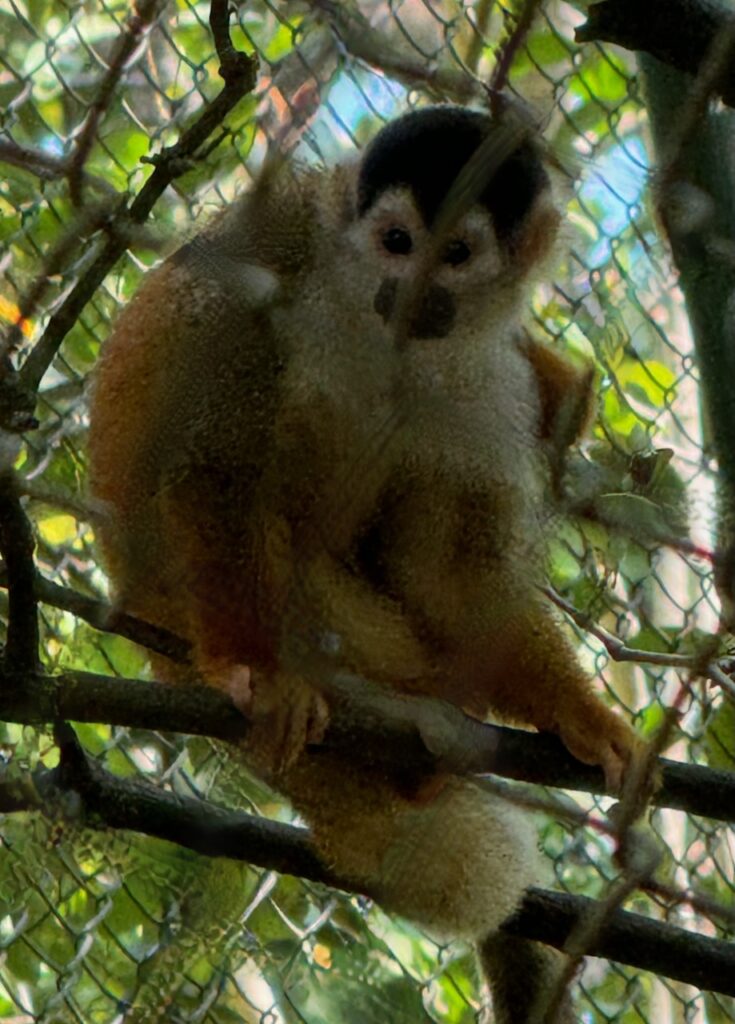
Next, we visited the home of the Central American Squirrel Monkey, another endangered species. They generally measure less than a foot in length and weigh in at between one and two pounds. They have short tails which are primarily used for balance, but we learned first hand that they sure can make a lot of noise.
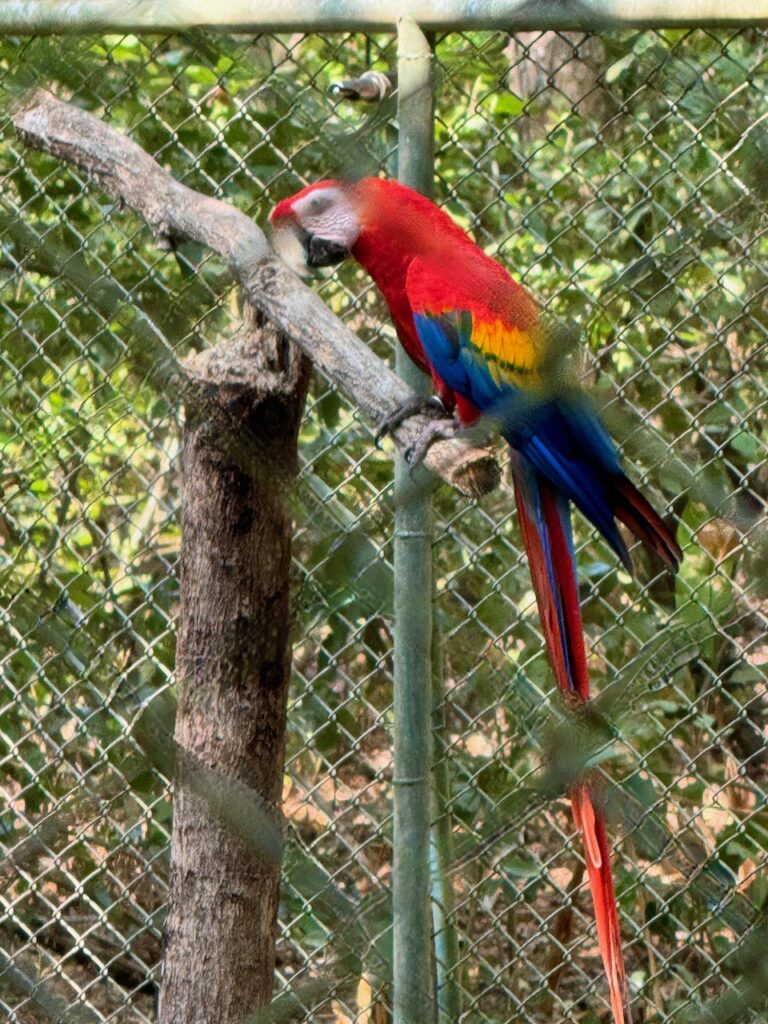
The Scarlet Macaws also had their own aviary. These red and yellow birds have characteristics similar to the Green Macaw. These birds have to protect their eggs from the Toucans. They like to use their strong beaks to break open and then eat the eggs. We saw Scarlet Macaws in the open forest adjacent to the sanctuary. Often, when these birds are released, they opt to stay in the area.

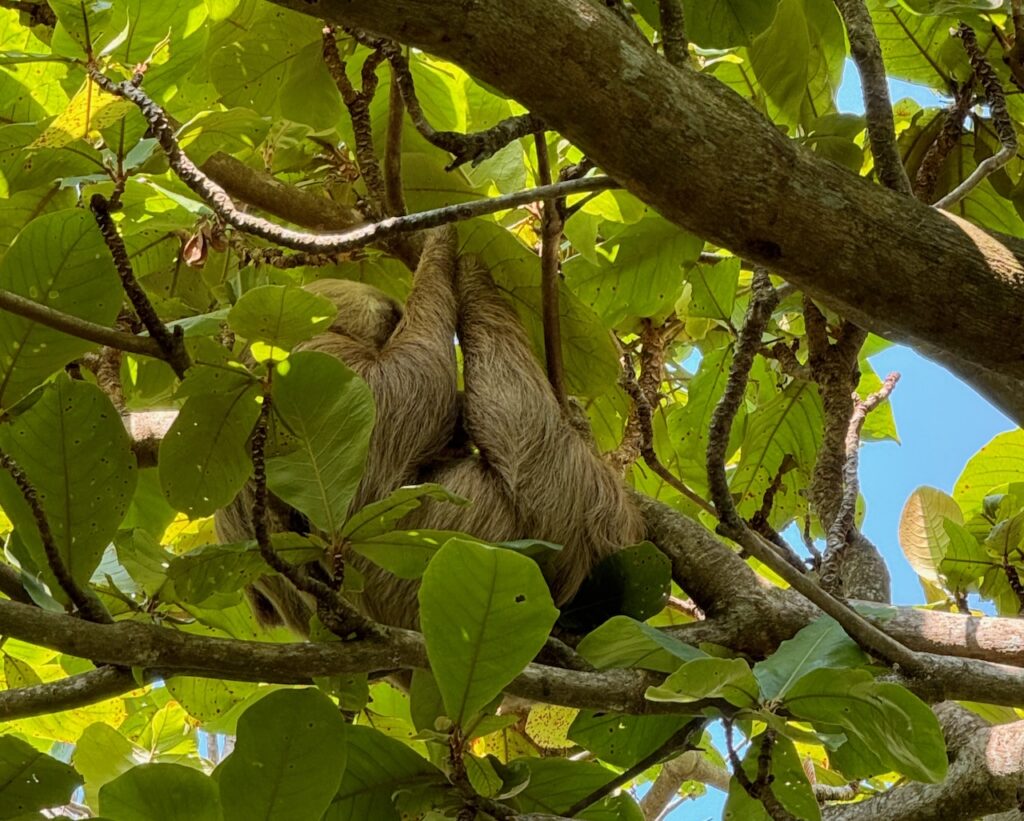
Next we saw the sloths, strange creature that are related to the anteaters, As their name implies, they spend most of their time just hanging out – primarily in trees. Their excellent camouflage helps to protect them from predators. They have an extremely low metabolism rate and their food is digested by fermentation. As a result, they have a bowel movement about once a week.

The Spider Monkeys were fun to watch. This endangered species does not have a thumb, but has an extremely strong tail, which they use to coordinate their movements. Their diet is primarily fruit-based which is a problem as fruit trees are gradually disappearing.
We learned that there are six species of cats in Costa Rica. There were several jaguars at the sanctuary which were rescued from the wild.

We viewed several Clay-Colored Thrushes – cute little brown birds. They are Costa Rica’s national bird because of the lovely tunes they sing.
Of course we saw several white-tailed deer which are the national animal of Costa Rica.
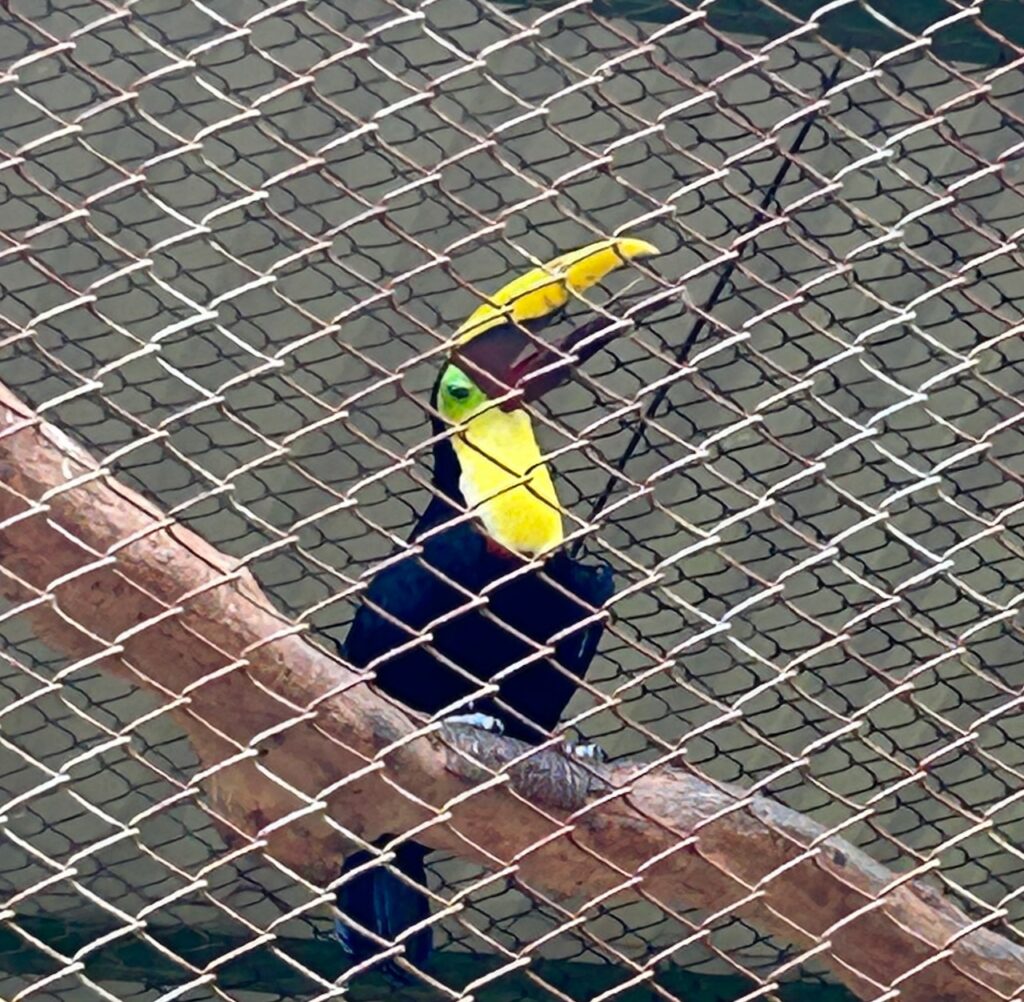
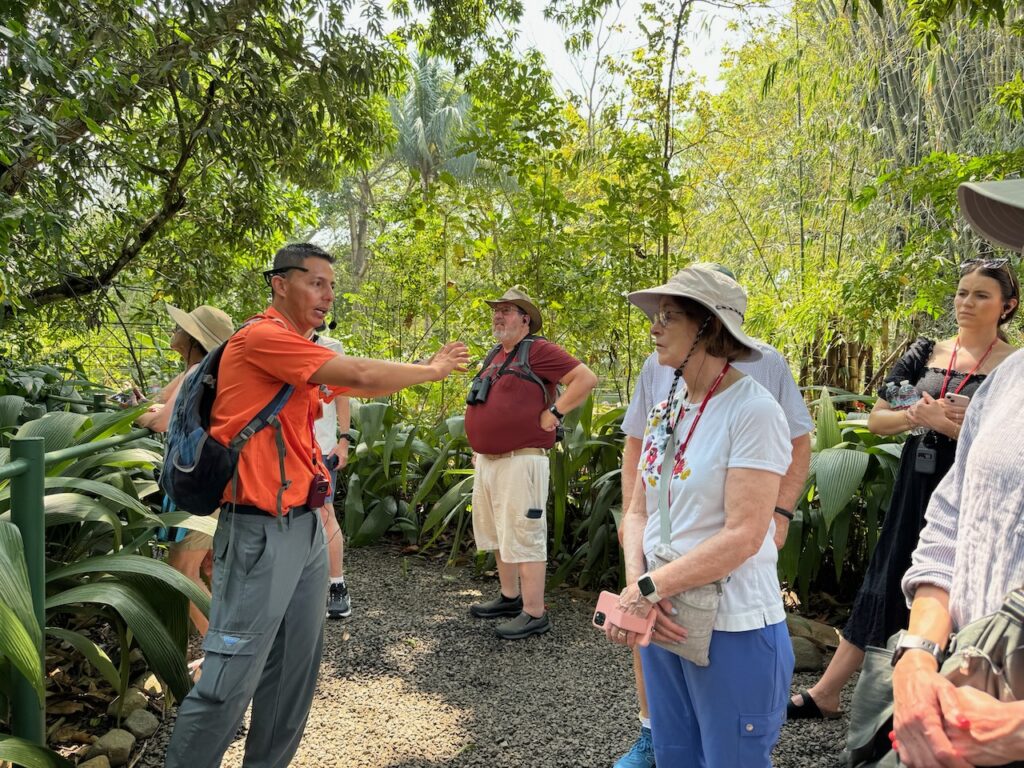
As we walked through the wooded areas we marveled at all of the live beauty we had seen and heard. We left the Natawa Wildlife Center with a greater appreciation for the work the center does. Hopefully we will be able to see more of Costa Rica in the future.

Article by Dianne Davis and Burt Davis
Photos by Burt or Dianne Davis




Be the first to comment